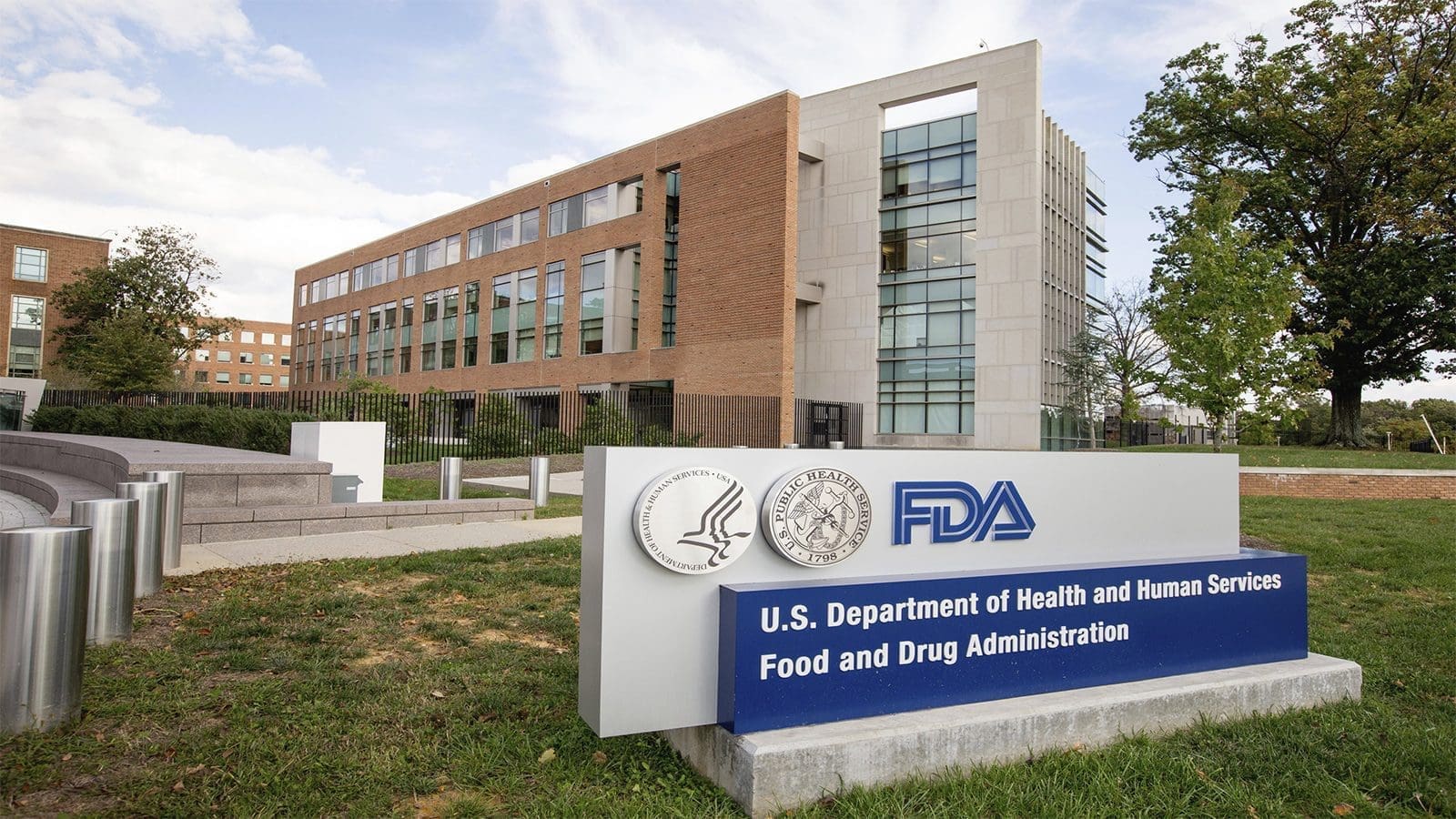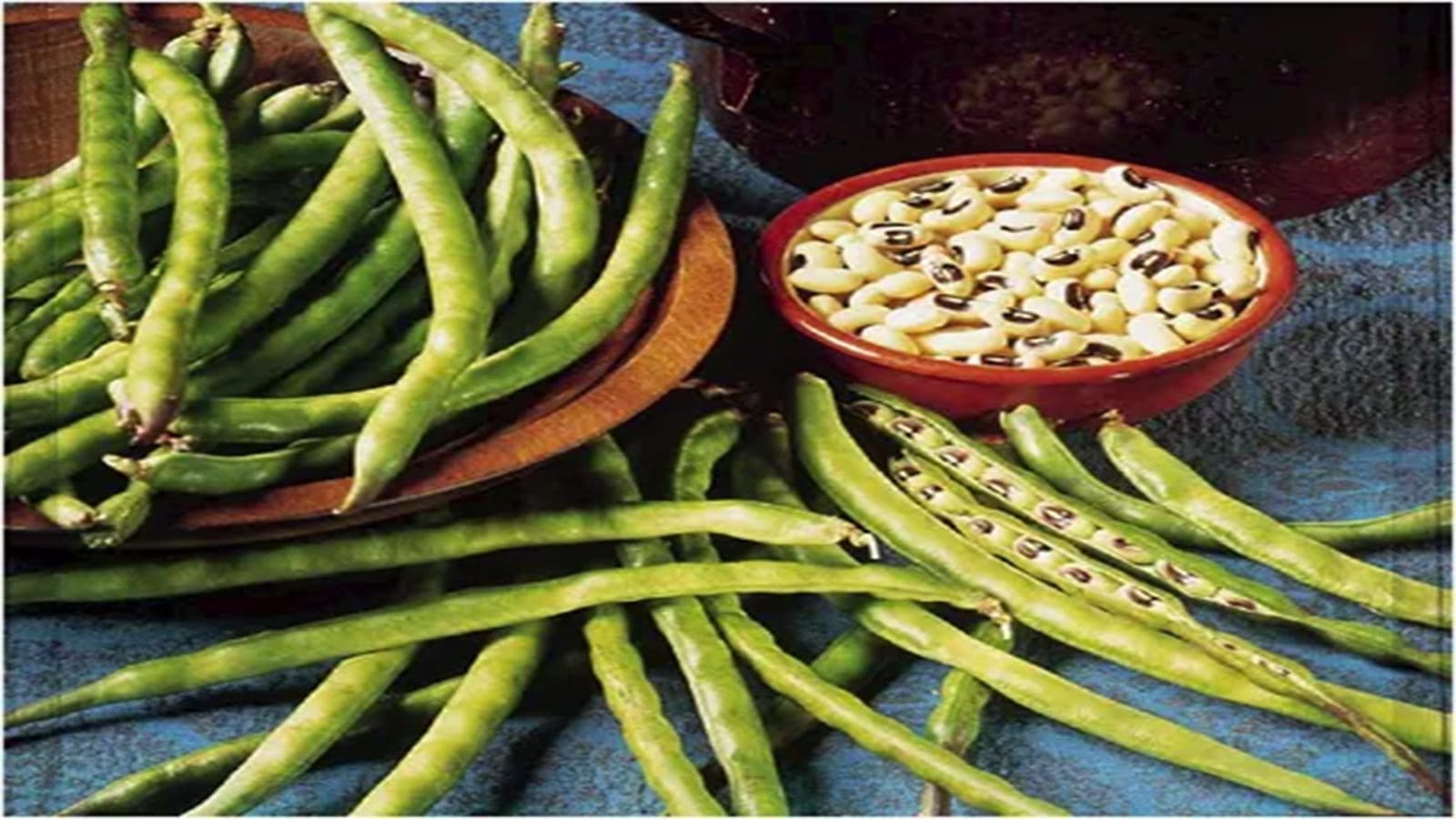UGANDA – Grain millers have received training from the Eastern Africa Grain Council (EAGC), Makerere University, and the Uganda National Bureau of Standards (UNBS) on basic grain handling practices that include avoiding aflatoxins.
Eighty-five members of the Kisenyi Millers Association (KMA), one of the main millers who handle about 70% of the grain consumed by Kampala inhabitants, were the focus of the training.
“At first they didn’t know about aflatoxins but after numerous pieces of training, a majority know about it. Aflatoxins came into the limelight after Kenya blocked our maize from crossing to their country; this made us carry out numerous pieces of training to all stakeholders including grain millers,” said Paul Ochuna, Team Leader, EAGC.
According to Ochuna, millers are receiving training on how to handle grain, particularly from farmers because they are the ones who provide the majority of Kampala inhabitants with food.
One of the most lethal mycotoxins, aflatoxins can grow on food as well as in the soil.
A 2018 study by Scientific African Journal on mycotoxins contamination in foods consumed in Uganda, showed that aflatoxin contamination reduces economic growth by 0.26% in Uganda owing to a decline in productivity.
Safe guidelines for aflatoxins in maize have been established within the East African Community’s (EAC) common market, of which all three nations are members. These change depending on the jurisdiction.
The EU norm is 4 ppb, the U.S. standard is 20 ppb, and the EAC standard is 10 ppb.
Uganda has developed some aflatoxin standards for grains including US EAS 2:2017 for maize. These aflatoxin standards have also been harmonized with the EAC standards.
A change in the quality and a response to shortages encountered around the area were signaled in July when the Kenyan government disclosed that they were in discussions with Uganda to purchase maize from that nation.
“At first they didn’t know about aflatoxins but after numerous pieces of training, a majority know about it. Aflatoxins came into the limelight after Kenya blocked our maize from crossing to their country; this made us carry out numerous pieces of training to all stakeholders including grain millers.”
In the EAC, each country enforces the safety standard. In Kenya, the Ministries of Agriculture and Health, are mandated to enforce food safety standards.
To oversee food imports, these ministries work with the customs department.
The Ministry of Agriculture’s Agriculture and Food Authority (AFA) conducts inspections to determine the levels of aflatoxins in the food supply system.
A spokesman from Makerere University stated that as Uganda is one of the top producers of maize, such pieces of training will aid in spreading the word about aflatoxins.
Last month, the government worked with the EAGC to hold a three-day training to inform grain merchants about cross-border commerce through the Ministry of Agriculture, Animal Industry and Fisheries (MAAIF), Ministry of East African Affairs.
Grain merchants now have a better understanding of the local and global market dynamics thanks to the training, according to Chimp reports.
According to Ochuna, such pieces of training always inform businessmen on cross-border trade clearances and Standard Operating Procedures (SOPs).
“They need to understand the regional (EAC) approved standards that are required in the region. We want them to understand the requirements of their targeted clients in other markets beyond the region and to ensure that the commodities they trade in meet the threshold of the buyers before it leaves the storage facilities for export,” he said.
Liked this article? Subscribe to Food Safety Africa News, our regular email newsletters with the latest news insights from Africa and the World’s food safety, quality and compliance. SUBSCRIBE HERE








